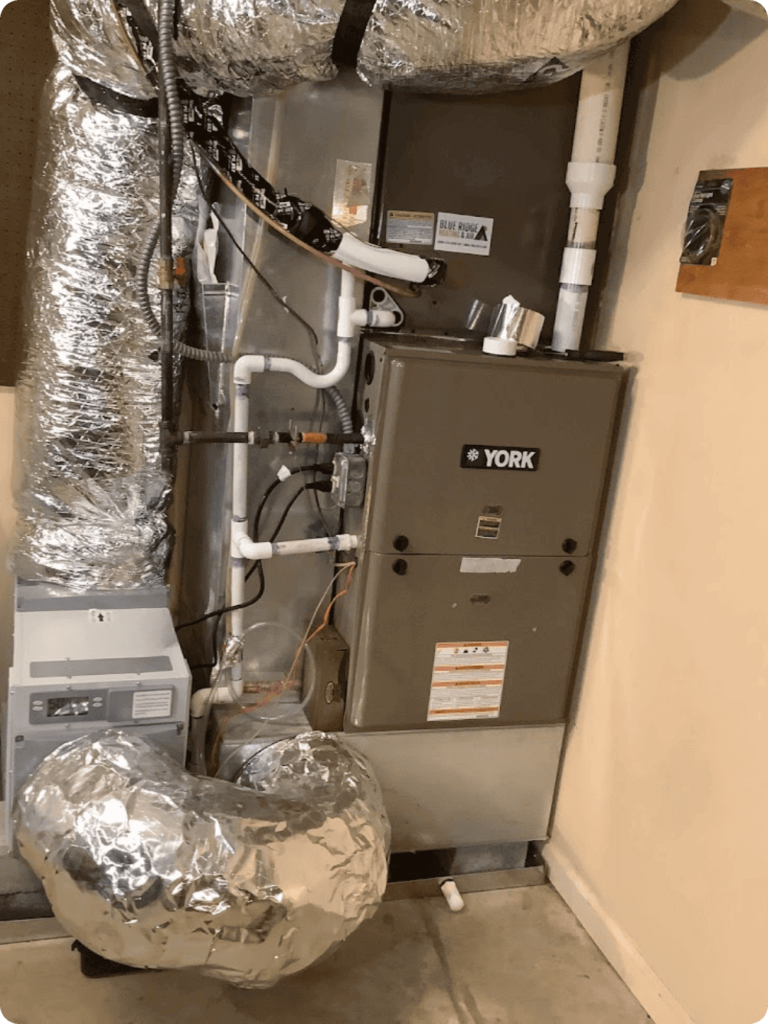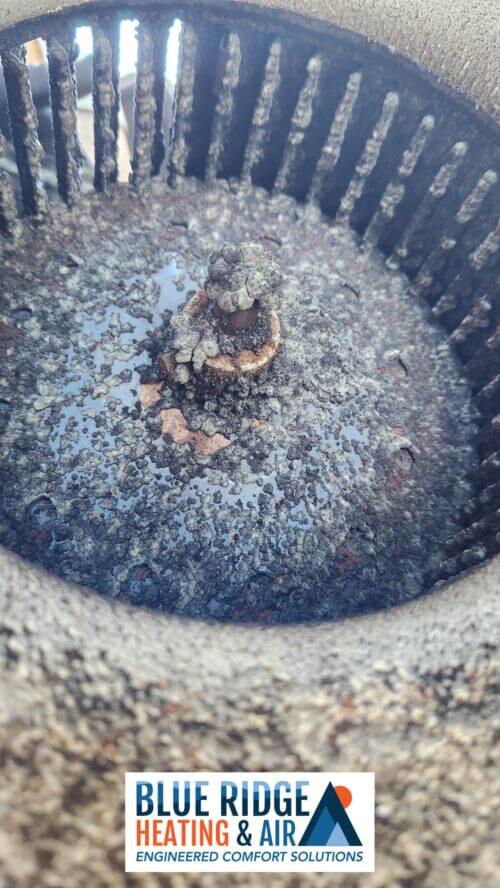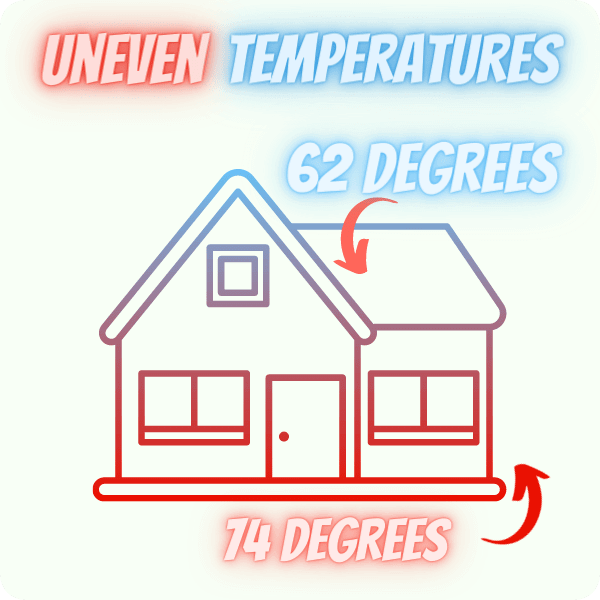Spoiler alert…an example of an install that we lost due to price, but had to fix due to quality of the installation is at the end of this article.
The summer season is typically a busy time for Heating and Air companies with many heat pump and air conditioner replacements. Homeowners determine that the cost of keeping their current old system running is no longer worth the continued repair costs and high power bills. Typically, a very costly repair drives this decision while the system has broken down in 95 F heat.
Now, a decision has been made to install a new system, but how to choose who will do it. Most homeowners believe they should obtain 3 estimates; however, they really haven’t clearly defined what their decision making process should be. Note: there are probably 30-50 HVAC companies within a 45 minute drive of the home, but for some reason we think we need 3 estimates to feel comfortable with a decision. Typically, if they don’t have a preferred trusted provider or personal referrals, they perform a Google search or look for Facebook recommendations. Also, they’ll look at the online review scoring and read what some other customers have said about the companies. This helps them decide who to call for an estimate.
People only research HVAC systems every 10 years or so when they are making a purchase, so they generally are not extremely knowledge about what to be looking for. Since they’ve “qualified” them all before calling them, they tend to focus only on price, and treat their HVAC installation as a commodity, like trying to find the cheapest USB cable on Amazon.
Homeowners know that buying a vehicle from a dealer comes with many advantages and protections that buying from a private party doesn’t, and they recognize that they are paying for that value. Even Kelly Blue Book appraises vehicles this way. Generally all the vehicles will accomplish the basic function, getting you from point A to B. The price variation reflects the incremental value assigned to efficiency, luxury features, passenger capacity, safety, dealer or manufacturer warranties, etc.
However, most homeowners do not translate the this same thought process to purchasing a new heat pump or air conditioner installation, even thought the HVAC system has the important function of controlling temperature and humidity levels in their home. Controlling the indoor climate is not only a comfort issue, it helps protect your most important asset, your home, and its contents. In the case of a gas furnace, they have combustion happening in their crawlspace or attic, that needs to be vented correctly and safely. But yes, unlike a vehicle purchase, a HVAC installation purchase is generally a “grudge purchase” by most buyers. They don’t “want” to buy it, but they “have” to. This also contributes to boiling the decision down to price.
Here are some other important factors to consider about the equipment and your installing company.
- Are the installers factory trained for the equipment that they are installing? Do you think that the manufacturer wants the contractor installing their equipment to know the equipment details that design engineers expect them to know? Is this important to the customer too? Just because “I’ve installed 50 of these units” doesn’t mean there are not 50 units out there operating below designed performance level due to incorrect installations. Are the installers professionals? The factory expects a professional installation. Maybe the customer should too. Who pays for the factory training?
- Will the installing company pull a permit with the agency that has jurisdiction and send an inspector after the install? Do you think having an independent third party review the details of the installation at your house is important? Is it level, is it drained correctly, is there a float switch in the drain pan, is the right breaker size in your panel, etc.? There is long list of items that can cause you or your home damage if the system is not installed correctly. What recourse do you have if you have a problem with your installation and the installer isn’t returning your calls or not addressing it to your satisfaction? Do you think this ever happens?
- Why is does one company charge $3000 more than the other for what appears to be the same installation? Do they both train their installers? Do they both stand behind their work and provide service? Do they both have sufficient office staff to stay on top of the sales and register the installed equipment with the factory? If the equipment is not registered by the installer, you get a 5 year part warranty instead of 10 year on the equipment. It’s important to understand what you are giving up when one quote is significantly different than another, because you are definitely giving up something.
- Did the installing company ensure the size (tonnage or BTUs) of the equipment is correct? A direct replacement of the same size is not always appropriate. In fact, it’s very common for the current system to be oversized for the heating and cooling energy needed, and oftentimes for the size of the duct system. Did the salesperson perform a heat load Manual J calculation? Did they look at your return sizes, your supply duct system and confirm it is sized correctly. A common problem is an undersized return, which prevents the appropriate amount of airflow that the equipment needs to perform correctly. This will prematurely wear out the equipment. Additionally, an oversized air-conditioner will not properly reduce the humidity in your home, leading to other undesirable potential problems such as dust mites and mold.
- Did the salesperson determine if the equipment they are quoting qualifies for the Inflation Reduction Act Tax Credit and/or utility company rebates? These can reduce your out-of-pocket cost by up to $2500 off of the company’s sale price.
These are just some examples of problems you may be signing up for when you only consider the price of a new system. Below is an example of an install that Blue Ridge Heating and Air quoted, but lost by $1000-$2000 in price. Then a month after the install, we were asked to come correct the installation since it was not keeping the customer’s house cool. This customer saved a little on the installation, but lived with the headache of a new system not working correctly, and then had to pay us to correctly install it anyway. He called us because the installing company was unwilling to come back and fix it.
Problem: The customer said his new system installed by another company a month ago is not keeping his house cool.
Observation 1: The furnace in the attic has condensation all over the outside of the unit and the attached ductwork.

Upon close inspection of the supply plenum attachment to the coil on top of the furnace, the attachment is not sealed along the length of the coil. Cold, conditioned air is blowing into the attic, which is humid since it is vented to the outside. As the surface of the furnace becomes cold due to the leaking cold air, condensation forms on the surface at a high rate and runs down the side of the furnace. Obviously, this cold air is not entering the house.

Observation 2: The return duct is connected directly to the side of the furnace rather than to a larger plenum box. The manufacture instructs the installer to use a plenum box to ensure uniform air flow and the correct volume of air flow through the furnace. This is an often used shortcut by installers who know the customer doesn’t know any better.

Corrected installation. As you can see in the photo below, two changes have been made to the return.
- A large return plenum box has been attached to the side of the furnace. The return duct has been attached to the plenum.
- A second return was added because the existing return was too small to accommodate the volume of airflow that the size of system required. This additional return was connected to the return plenum.
Now the system has the correct amount of return airflow, and the system is functioning correctly. Note that the hired installation company did not pull a permit, as is commonly the case in Greenville county.

The old adage, “You get what you pay for”, definitely applies to HVAC installation and service. Blue Ridge Heating and Air is your local expert on Engineered Comfort Solutions for both ductless mini-splits and traditional ducted systems. Understand that we will be very thorough from the initial consultation all the way through installation and inspection, and that we will be standing behind our work with a complimentary year of our Comfort Plan. We actually measure and monitor “Inspection Pass Rate” as quality metric. We do occasionally fail an inspection. We correct the situation and get it reinspected. We welcome the inspectors…they make us better, and help the customer get a better installation.
Let us evaluate your replacement options with a consultation. You can schedule it at the link below.




